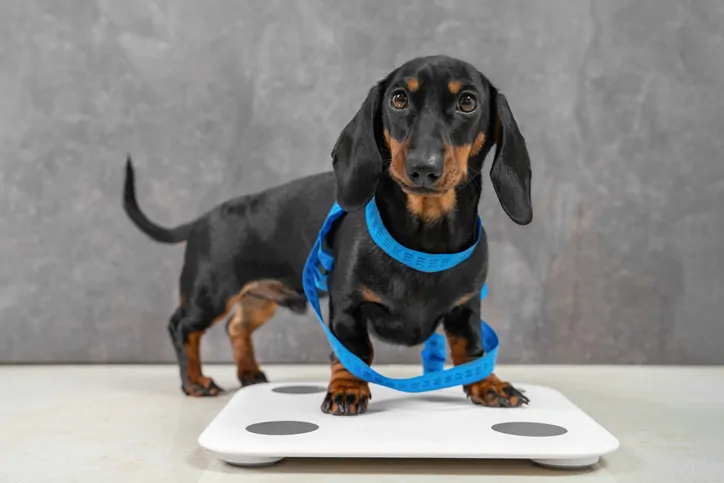A mass is a lump that occurs directly under, inside, or on your pets skin caused by abnormal cell growth, immune reactions, hormonal changes, or a cyst.
If you find a mass on your pet, take a picture of it, measure it, watch it for changes, and call your vet.
Masses are diagnosed through fine needle aspiration but further diagnostic test may also be performed including surgical biopsy, x-ray, ultrasound, and MRI.
Your pet will be put under anesthesia, the mass will be removed, sutures are used to close the incision, and the mass may be sent to the lab for further testing.
Your pet should recover in a comfortable spot, possibly fitted with an Elizabethan collar, and be prevented from jumping, climbing, and intense activity.
Aging pets often get masses or growths under their skin and they are usually nothing to worry about. Still, it's an unpleasant surprise to find one when you are stroking your pet's fur. A mass is a lump that occurs under, inside, or on top of your pet's skin, and can be caused by an abnormal growth of cells, immune reactions, hormonal changes, or a cyst. Some common masses that occur on pets include benign tumors such as lipomas, skin tags, or cysts. Less often, the mass is malignant such as with mammary tumors, squamous cell carcinomas, osteosarcomas, mast cell tumors, and lymphomas.

Even though most lumps you find on your pet will not need treatment unless they become irritated or inflamed, even the smallest chance of cancer is too much to ignore. So, it's important to investigate the cause of any mass you find on your pet. Here are some steps you should take when you notice a growth in your pet.
At your pet's appointment, your veterinarian will determine what the mass is made of using a type of biopsy called fine needle aspiration. The process requires that a needle be inserted into your pet's mass so that a cell sample may be taken from it. Your veterinarian can determine whether it is cancerous by looking at it under a microscope.
If a malignant tumor is discovered, your vet may advise "staging" your pet, which could entail a surgical biopsy, x-rays, ultrasound, or MRI to see if cancer has spread to other parts of their body before surgical removal. If cancer has not spread from the mass, your vet will want to remove it as quickly as possible before the mass has a chance to spread. If cancer has spread, simply removing the mass wouldn't cure cancer, so other treatment options such as chemotherapy and radiation, or even experimental treatments and alternative therapies may be explored in addition to mass removal.
If your pet only needs mass removal, that is very good news. It means that, with surgery, aftercare, and close observation, your pet has an excellent chance at a happy outcome.
Your pet will be anesthetized for their mass removal surgery. While your pet is under anesthesia, their oxygen levels, pulse, blood pressure, respiration, heart rate, and body temperature will be closely monitored.
The tumorous mass may be removed by electrocautery, a surgical procedure that uses an electric current to heat a metal wire electrode that destroys abnormal tissue and can be used to control bleeding during surgery. Once the tumorous tissue is removed, the incision will be closed with sutures that will either be absorbed by your pet's body as they heal or have to be removed by your vet at a later date.
Veterinarians often recommend that the mass be submitted to a diagnostic laboratory after it is removed for further testing that can identify the exact type of cancer that caused the mass and determine the margins of mass removal, which indicate whether the mass was completely removed during surgery. Your vet may make further treatment recommendations based on the laboratory results.
It's typical for your pet to feel a little lethargic for a day or two after surgery. Call your veterinarian if your dog or cat appears to be in discomfort. They might be able to recommend a medication to lessen the pain.
In order to ensure that your pet heals and recovers as quickly as possible after the mass removal procedure, it is imperative that you heed all your veterinarian's aftercare instructions. Giving your recovering pet a place to relax, using an Elizabethan collar if necessary, and preventing them from climbing, jumping, and doing intense activities following the surgery will help aid their recovery. Some issues to watch for post-surgery include:
If you notice any of these issues or have any other concerns about how your pet is recovering, seek further advice from your veterinarian.
Phone: (855) 461-8259
Email: [email protected]